What is the difference between UVA and UVB
And why to protect your skin from both UVA and UVB rays
Sun exposure is an inevitable part of life, but its effects on our skin can vary depending on the type of ultraviolet (UV) radiation we are exposed to. The two main types of UV radiation emitted by the sun are UVA and UVB rays. To effectively protect your skin, it’s important to understand the differences between them.
UVA rays = ageing
UVA rays have longer wavelengths compared to UVB rays, allowing them to penetrate deep into the skin's dermis layer. Unlike UVB rays, UVA rays are present all year round, regardless of the season or weather conditions. This makes them a threat to our skin's health even on cloudy days or during the winter months when UVB intensity is lower.
One of the primary effects of UVA radiation is ageing. With their ability to penetrate deep into the skin, they can damage collagen and elastin fibres. Collagen and elastin are essential proteins that provide elasticity and structure to the skin. When exposed to UVA rays over time, these fibres break down, leading to the development of lines, pigmentation and loss of elasticity.
UVA rays also contribute to the development of skin cancer, although not as much as UVB radiation. While UVB rays are typically associated with sunburn and immediate skin damage, UVA rays silently penetrate the skin, causing long-term harm that may not be immediately apparent.
It's important to understand that UVA rays can penetrate through windows, which means that even if you're indoors, you may still be exposed to them if you're sitting near a window at work or spending a lot of time in a car. This underscores the importance of daily sunscreen use and seeking shade whenever possible, regardless of whether you're indoors or outdoors.
UVB rays = burning
UVB rays have shorter wavelengths compared to UVA rays and primarily affect the outer layers of the skin, known as the epidermis. These rays are most intense during the summer months and at higher altitudes, making them the primary cause of sunburn.
UVB radiation is often referred to as "burning" rays because they can cause redness, inflammation, and peeling of the skin. However, like UVA rays, UVB rays also contribute to premature ageing and increase the risk of skin cancer. While UVB rays are more directly associated with immediate skin damage, such as sunburn, their cumulative effects can also lead to long-term skin ageing and health concerns.
Apply sun-safe habits to protect your skin from sun exposure. Learn more here about sun safe habits.

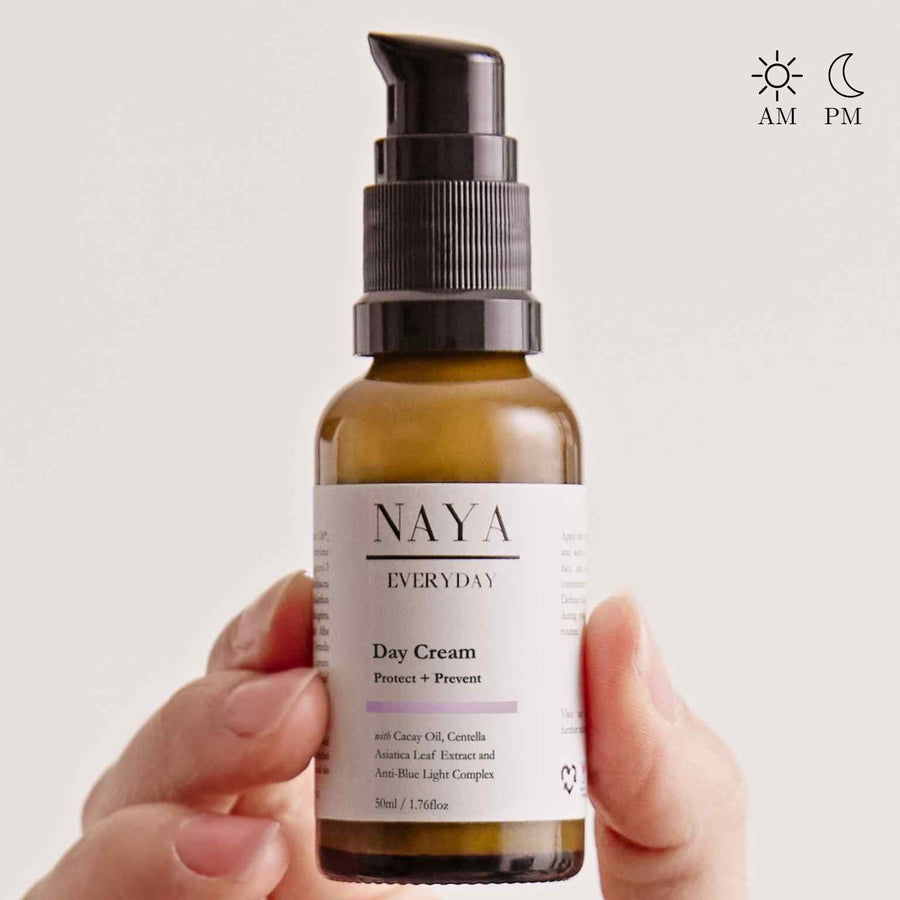
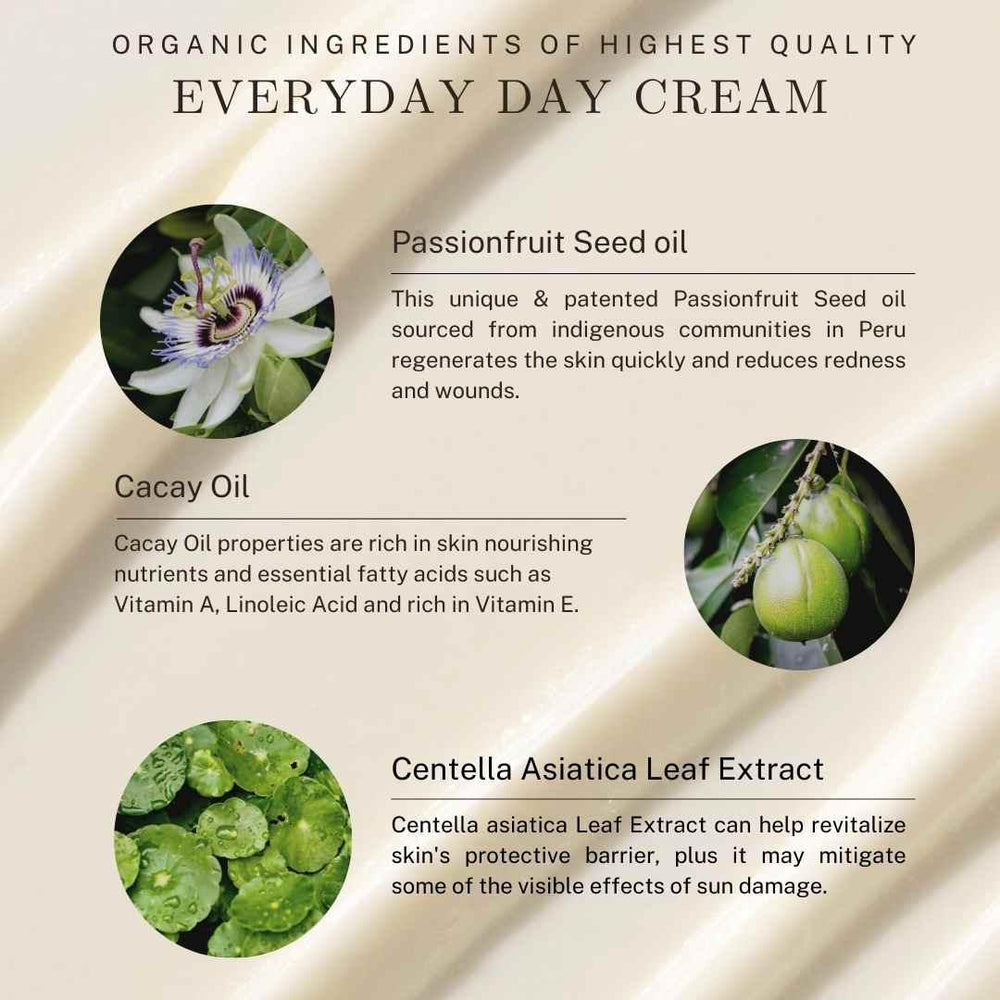
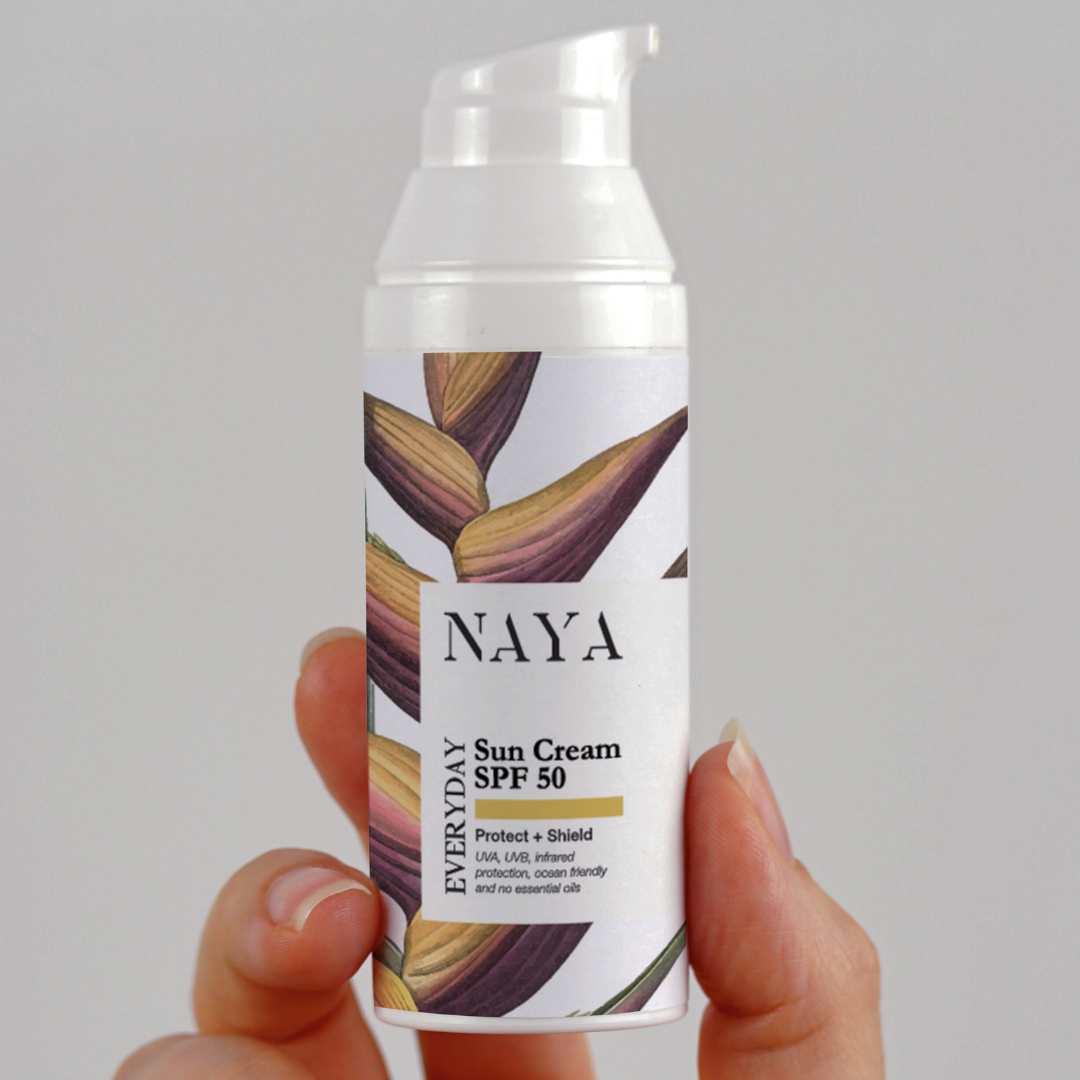
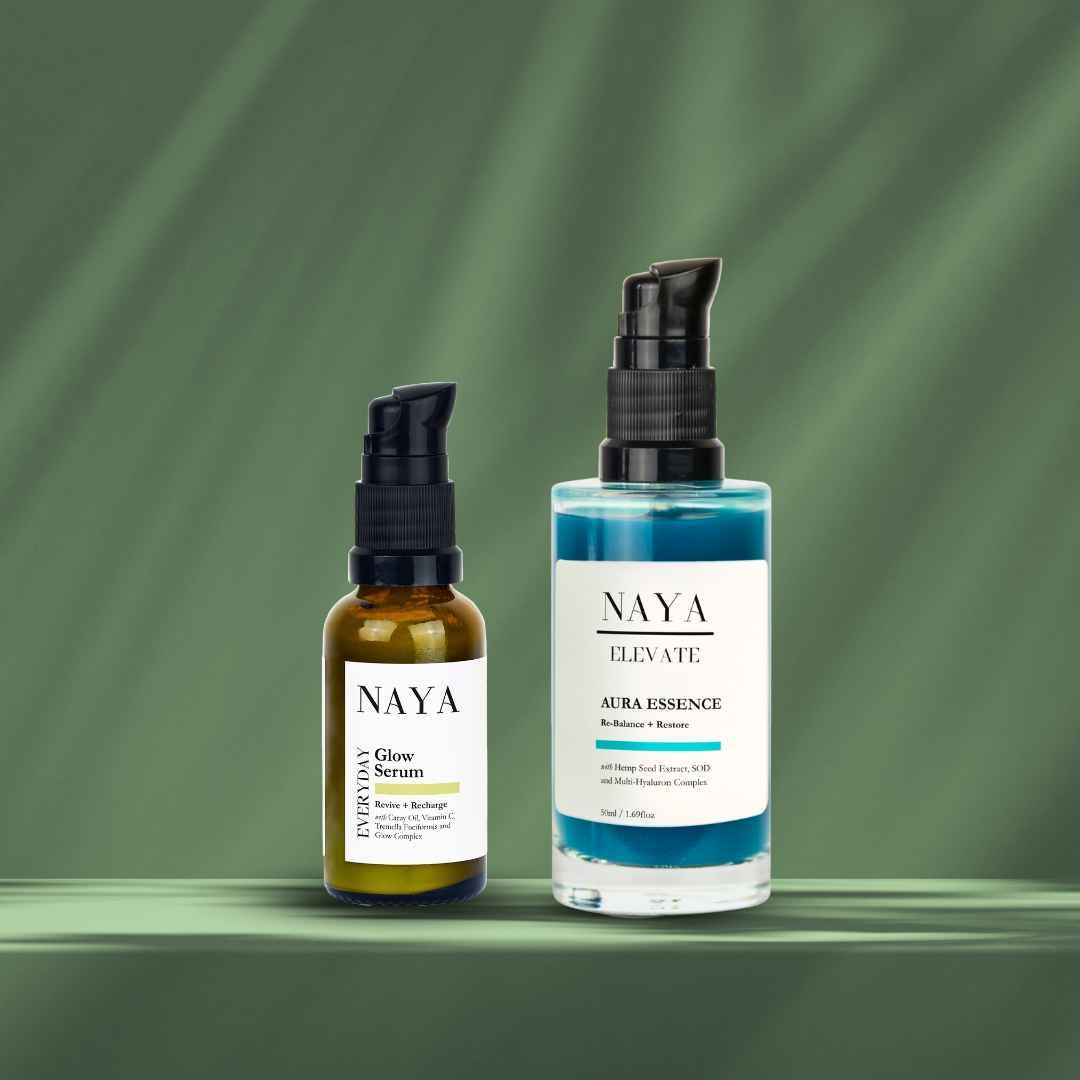



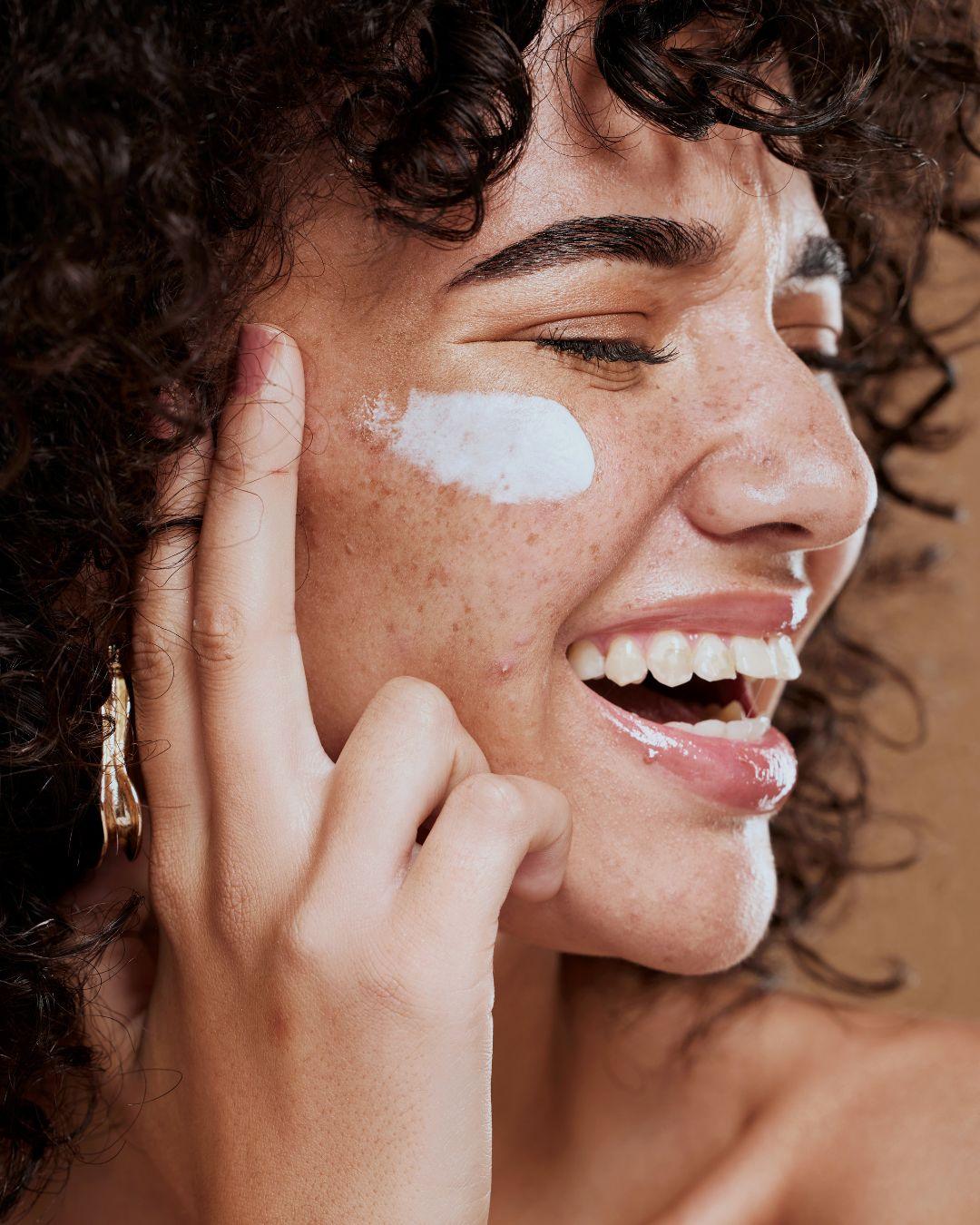
Leave a comment